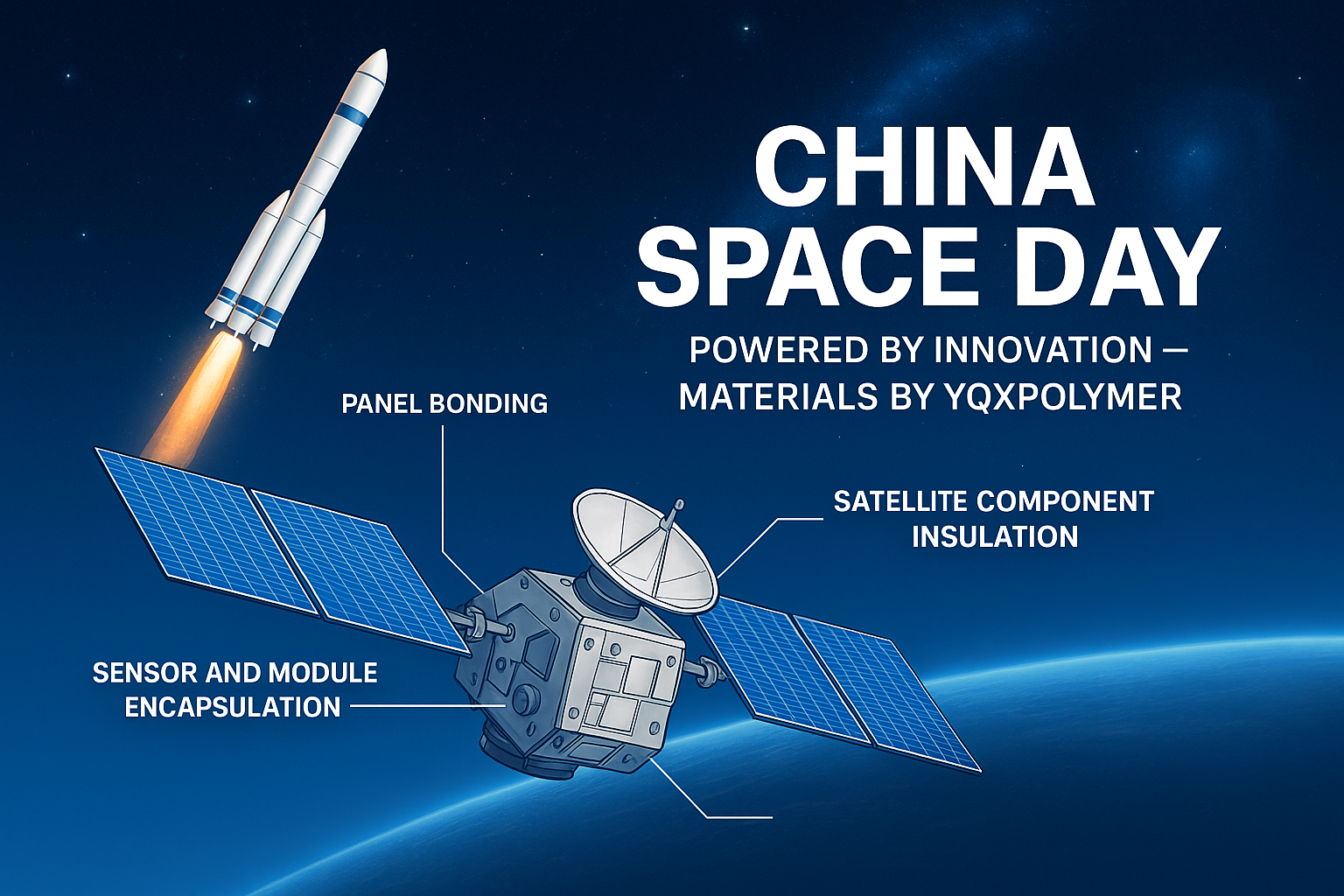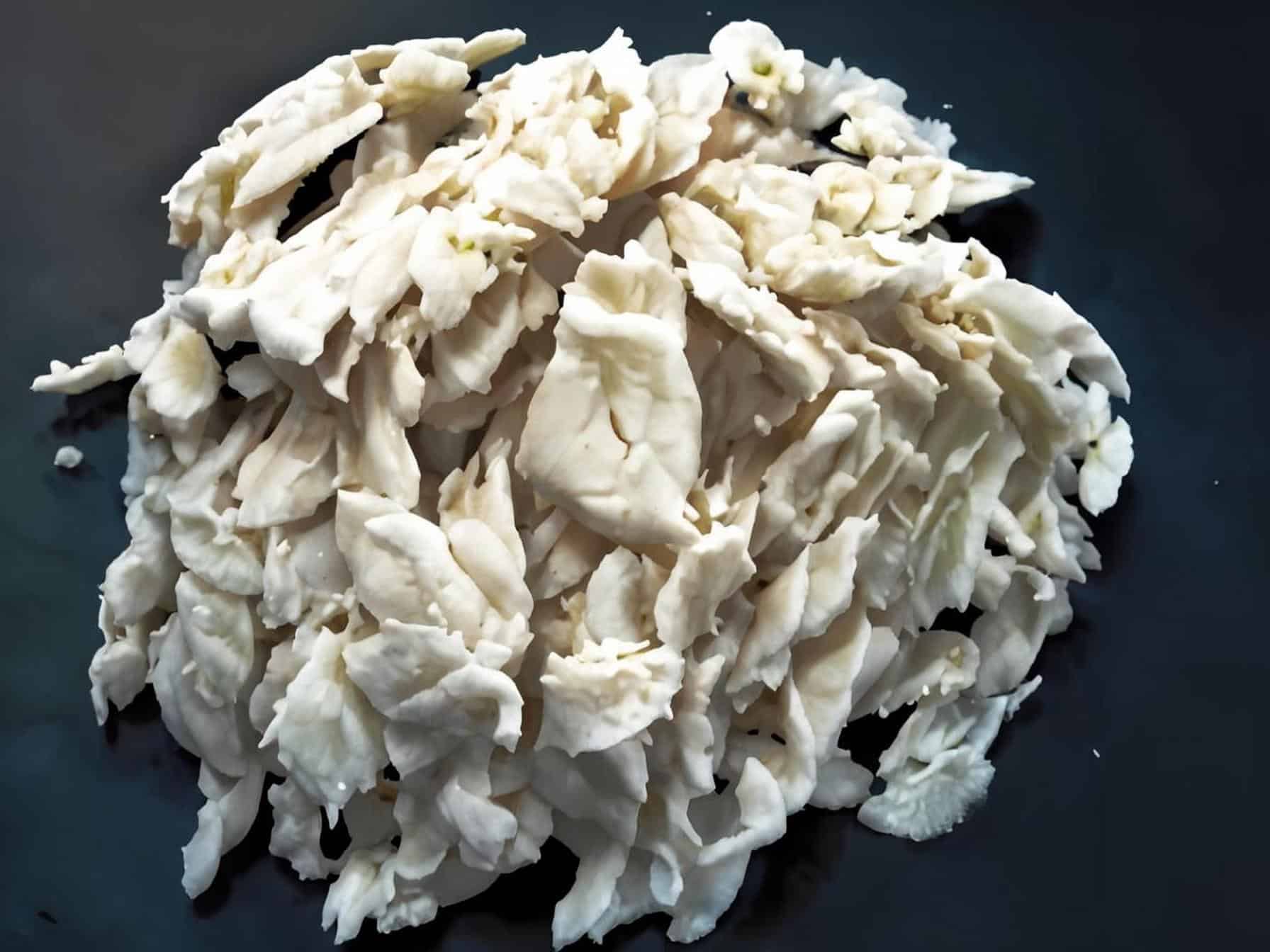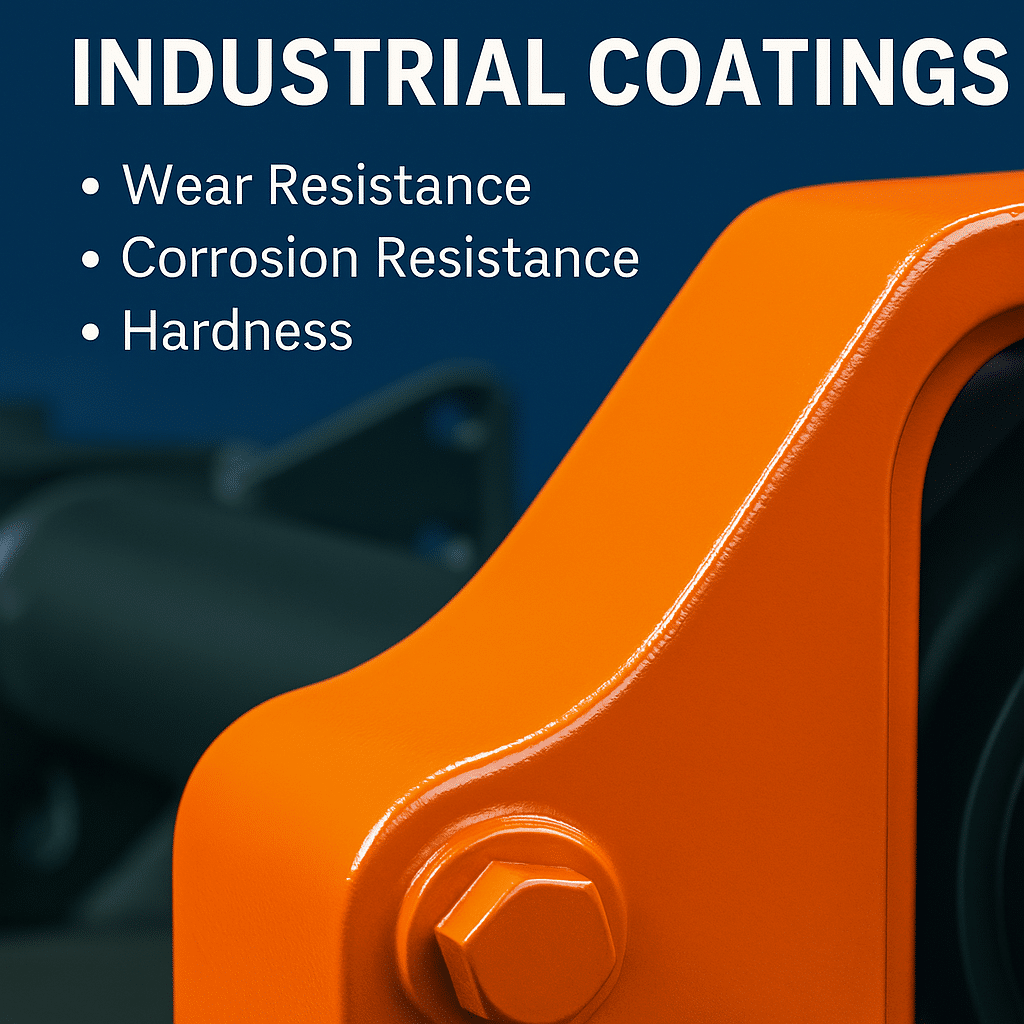As a high molecular polymer, epoxy resin plays an important role in industry and daily life due to its excellent mechanical properties, adhesion, and chemical stability. This article aims to analyze the principles, classification, applications, and future development trends of epoxy resin.
1. Principle
Epoxy resin contains epoxy groups in its molecular structure, which is its most critical characteristic. These epoxy groups can react with a variety of curing agents to form a polymer network structure. This structure gives epoxy resin excellent physical and chemical properties, such as high strength, excellent bonding properties and good chemical stability. The curing process of epoxy resin is a chemical reaction. As a cementing material, epoxy resin cannot be used alone. It needs a chemical reaction with a curing agent to form strength. The mechanism of its strength formation is that the ring-opening epoxy group in the epoxy resin molecule undergoes an addition polymerization reaction with the curing agent molecules, curing and cross-linking to form a dense spatial network structure. The viscosity of the epoxy resin body is relatively large, and a certain amount of diluent needs to be added to reduce its consistency to meet the construction requirements. This usually occurs after adding curing agents (such as amines, acid anhydrides, etc.). This process can be carried out by heating or at room temperature.
2. Classification
Epoxy resin repair materials used for concrete repair mainly consist of epoxy resin, curing agent, admixture, diluent, and filler. According to the different components, it can be divided into epoxy resin grouting materials, epoxy resin modified cement-based repair materials, epoxy resin mortar repair materials and epoxy resin concrete repair materials.
Apart from this, epoxy resins can be classified in various ways:
By function: including general type, high performance type, special type, etc., each with specific properties, such as heat resistance, chemical corrosion resistance, etc.
By Application: In metal repair, epoxy resins are often mixed with hardeners, fillers, solvents, and more to suit the needs of a specific application. For example, adding fillers such as graphite and aluminum powder can improve the strength and wear resistance of the repair agent.
3. Application Scenario
Metal Repair: Epoxies are widely used in metal repair, especially in industrial and mechanical repairs. Due to its excellent adhesion, chemical resistance and mechanical strength, epoxy resin repair agent can effectively repair metal defects such as cracks, holes and wear, especially in rail transportation, machinery, automobile, aerospace and other industries.
Concrete Repair: In the construction industry, cracks and breaks are often faced. The application of epoxy resin in concrete repair provides an efficient and long-lasting solution. Not only limited to concrete repair, epoxy resin is also used in building reinforcement, floor coating, etc. to improve the durability and aesthetics of the building.
4. Development Trend
Environmental protection and sustainability: Develop more environmentally friendly products, such as low-VOC or no-VOC epoxy resin, to reduce environmental impact.
Performance improvement: Improve the toughness, heat resistance and chemical resistance of epoxy resin through nanotechnology, adding modifiers, etc.
Exploration of new fields: Application research in emerging fields such as new energy and biomedicine is constantly increasing.
5. Conclusion
As a multifunctional material, epoxy resin plays an important role in many fields. With the advancement of technology and the growth of demand for new materials, the application fields and properties of epoxy resin are constantly expanding and improving. In the future, we can expect more breakthroughs in epoxy resin in terms of environmental protection, performance optimization and new application development.
More information or free samples or price quotations, please contact us via email: sales@yqxpolymer.com , or voice to us at: +86-28-8411-1861.
Some pictures and texts are reproduced from the Internet, and the copyright belongs to the original author. If there is any infringement, please contact us to delete.




